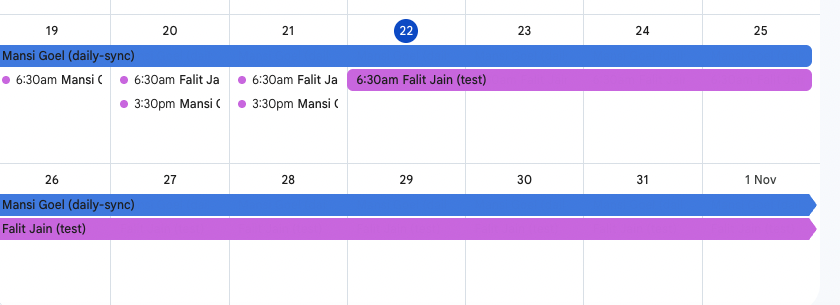.png)
In the complex world of business and management, identifying and solving problems effectively is crucial for success. Root Cause Analysis (RCA) and the 5 Whys technique stand out as powerful tools in this quest. They help businesses dive deep into problem-solving by not just treating symptoms, but by identifying and addressing the underlying causes.
Root Cause Analysis is a methodical approach used to identify the underlying reasons for problems or incidents. It's a cornerstone in fields like manufacturing, healthcare, and IT, where pinpointing the exact cause of a problem is crucial for finding a lasting solution. RCA involves several techniques, each suited for different scenarios. A notable example is the success story of a manufacturing plant that reduced its downtime by 30% through effective RCA.
The 5 Whys technique is a simple but effective method for getting to the root cause of a problem. It involves asking "Why?" five times (or as many times as necessary) to peel back the layers of symptoms and reach the core issue. Here's a general structure of how the 5 Whys process works, along with a practical example:
Problem: A manufacturing company is experiencing delays in its production line.
Root Cause: The root cause of the production delay is the lack of regular maintenance and cleaning of the cooling system filters in the machinery.
Once the root cause is identified, the company can implement a solution, such as establishing a regular maintenance schedule for the cooling system, to prevent future production delays. This example demonstrates how the 5 Whys technique can be a powerful tool for diagnosing and resolving problems by tracing back the chain of causation to its origin.
RCA is invaluable in business for its focus on addressing the root cause of problems. It leads to more sustainable solutions and helps in preventing recurrence. For instance, in risk management, RCA provides insights that drive better preventive strategies, ultimately saving time and resources.
While RCA is a broad field, the 5 Whys adds specific value due to its simplicity and speed. It is especially effective in initial problem assessment phases and can be a starting point for more complex analyses. The 5 Whys, despite its simplicity, can reveal surprising insights into seemingly straightforward issues.
Despite their benefits, RCA and the 5 Whys aren't foolproof. They require a thorough understanding of the problem context and can be misled by biased or incomplete information. Best practices include involving diverse teams in the analysis process and cross-verifying findings with other RCA methods.
Root Cause Analysis and the 5 Whys are indispensable tools in the problem-solving arsenal of any organization. They encourage a deeper understanding of issues, leading to more effective and long-lasting solutions. As businesses continue to face complex challenges, the importance of these methodologies only grows stronger.

